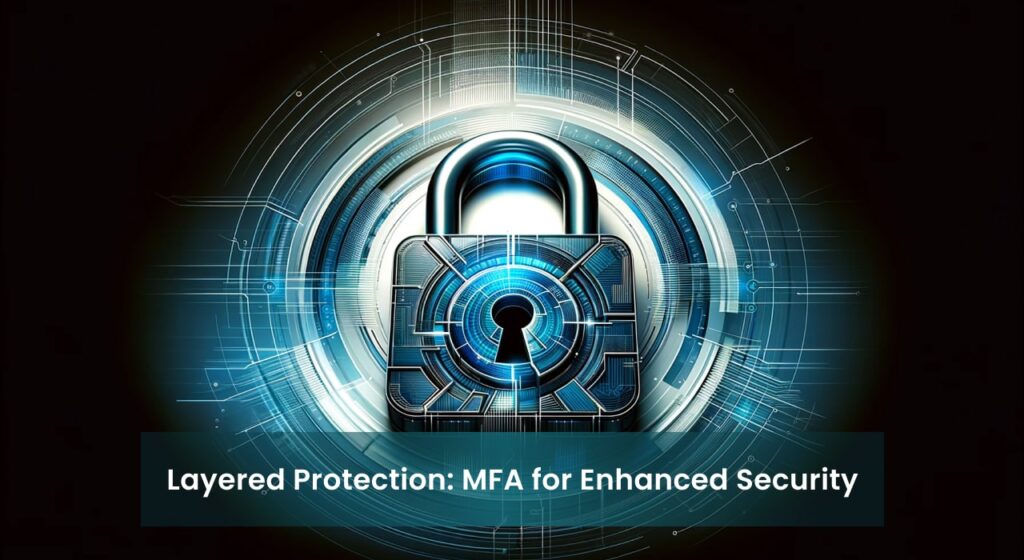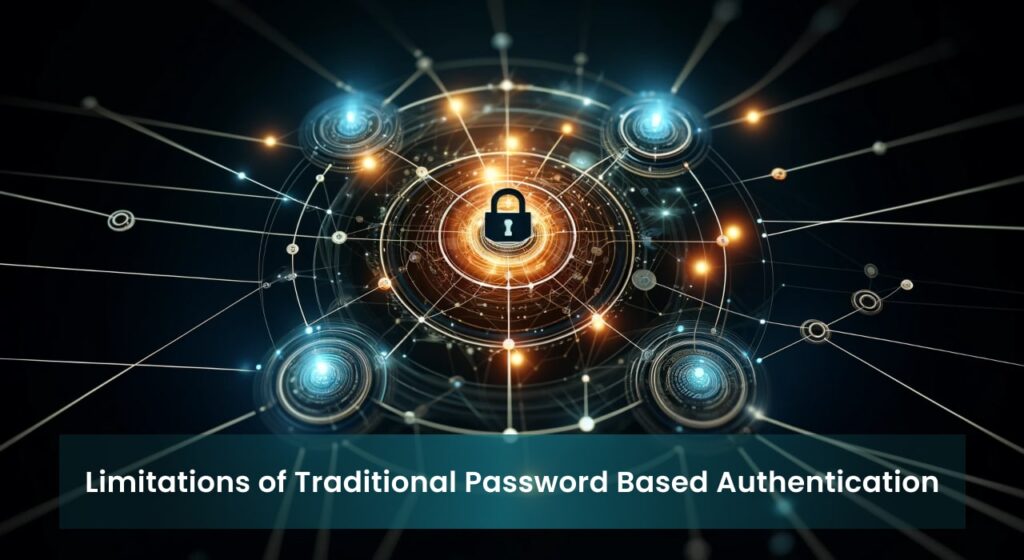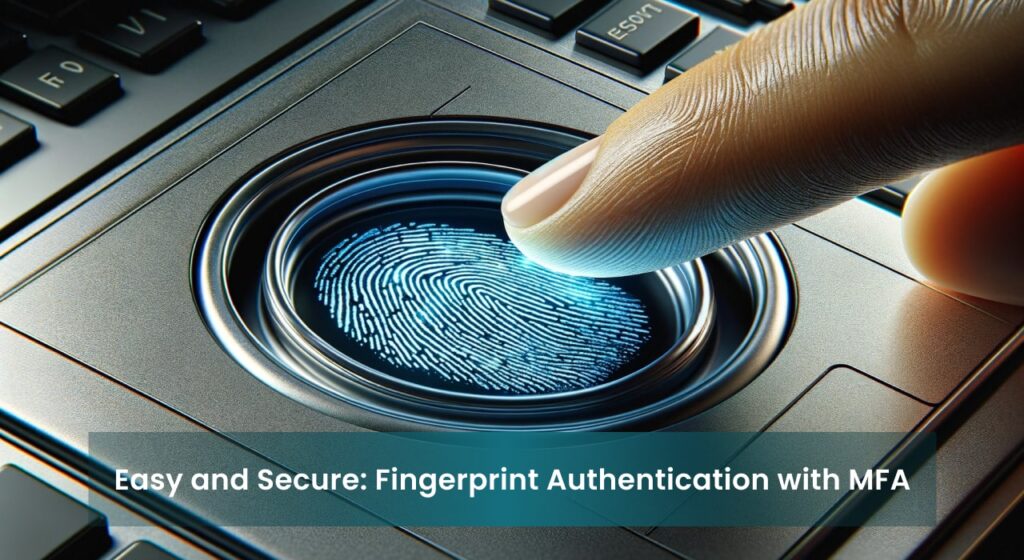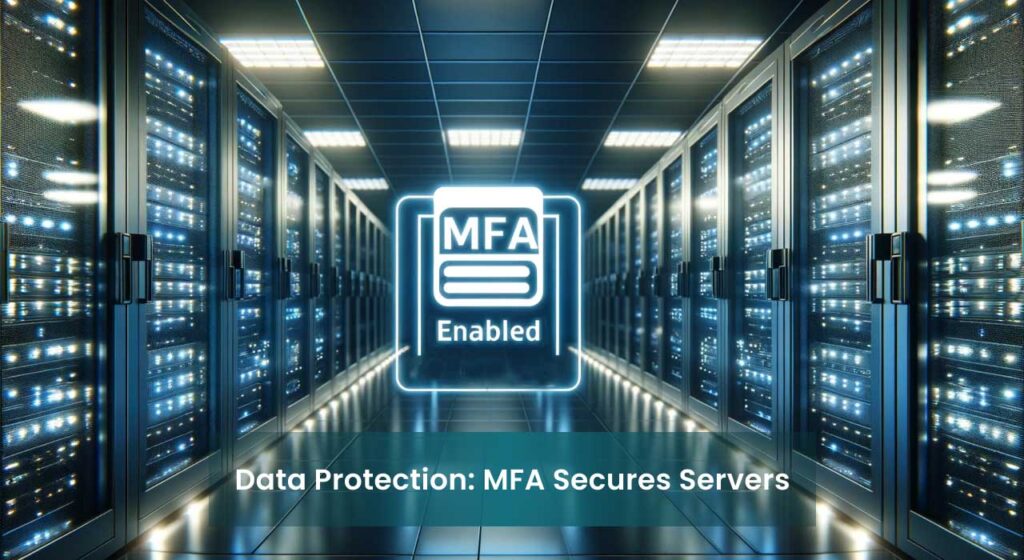
The Australian digital landscape thrives on secure access management. Identity and Access Management (IAM) underpins this security, ensuring only authorised individuals can access critical data and systems. However, the traditional reliance on passwords is proving increasingly inadequate. In 2023, the Australian Cyber Security Centre (ACSC) reported a 7% rise in cyberattacks targeting businesses, with stolen credentials a leading cause [https://www.cyber.gov.au/]. Hackers exploit weak passwords through phishing scams or automated brute-force attacks, putting sensitive information at risk.
Fortunately, a powerful new trend is emerging in IAM: Multi-Factor Authentication (MFA). MFA goes beyond passwords, adding an extra layer of security that significantly reduces the risk of unauthorised access. This article explores the growing adoption of MFA in Australia, examining its potential to fortify our digital security posture. We will delve into the key benefits of MFA implementation, alongside considerations for Australian organisations seeking to safeguard their valuable data and systems.
The Evolving Threat Landscape in Australia

The Australian cyberspace is witnessing a relentless escalation of cyberattacks. The Australian Cyber Security Centre (ACSC) paints a concerning picture, with their 2023 Annual Cyber Threat Report revealing a 7% year-on-year increase in cyberattacks targeting Australian businesses. This translates to a significant financial burden, with the report estimating the average cost of a cyberattack on an Australian organisation to be a staggering $36,200.
Among the most prevalent tactics employed by cybercriminals are those that exploit the vulnerabilities of password-based authentication. Phishing scams, for instance, leverage deceptive emails or messages to trick unsuspecting users into revealing their login credentials. These stolen credentials can then be used to gain unauthorised access to sensitive systems and data.
Another tactic gaining traction is credential stuffing. In this attack, cybercriminals leverage large databases of stolen usernames and passwords, often obtained through breaches of other online services. These credentials are then automated and tested across multiple websites in the hope of gaining access to accounts where users have reused the same login information. The inherent weaknesses of passwords, such as predictability and susceptibility to brute-force attacks, make them prime targets for such automated attempts.
Limitations of Traditional Password-Based Authentication

While passwords have served as the cornerstone of online security for decades, their inherent limitations are becoming increasingly apparent. A fundamental weakness lies in their susceptibility to guessing. Human tendency often leads to the creation of passwords that are easy to remember, incorporating personal details or common phrases. This predictability makes them vulnerable to targeted attacks or even automated dictionary-based guesses.
Furthermore, password security is compromised by the ever-growing threat of brute-force attacks. These attacks involve systematically trying every possible combination of characters until the correct password is discovered. With increasing computing power at their disposal, cybercriminals can unleash these attacks at an alarming rate, rendering even moderately complex passwords ineffective.
Adding to the challenge is the widespread practice of password reuse. Faced with the ever-increasing number of online accounts requiring login credentials, users often resort to reusing the same password across multiple platforms. This significantly increases the potential damage if a single password is compromised, granting attackers access to a multitude of accounts.
Finally, the sheer number of passwords users are expected to manage creates a phenomenon known as password fatigue. This mental strain often leads to users resorting to weak or reused passwords, further undermining overall security.
Multi-Factor Authentication (MFA): A Stronger Defence
Emerging as a powerful countermeasure to the limitations of passwords is Multi-Factor Authentication (MFA). MFA transcends the single layer of password verification, introducing a robust security posture based on the principle of “something you know, something you have or something you are.”
The Three Pillars of MFA
- Knowledge Factors: This category encompasses information a user remembers, such as a password, PIN or security question answers. While passwords alone are demonstrably weak, MFA strengthens them by requiring an additional factor.
- Possession Factors: These factors involve a physical item in the user’s possession, such as a security token, smartphone with an authenticator app, or smartcard. Possession of this item becomes a crucial element for successful login.
- Biometric Factors: This category leverages unique physical characteristics of a user, such as fingerprints, facial recognition or voice patterns. Uses “biometric authentication methods” instead of just “biometrics” for a more specific and formal tone.
The MFA Advantage
The beauty of MFA lies in its multi-layered approach. Even if a cybercriminal manages to steal a user’s password through phishing or other means, they would still be thwarted by the need to possess the additional factor, significantly reducing the risk of unauthorised access. For instance, imagine an attacker obtaining a user’s password through a phishing scam. With MFA enabled, gaining access would still require the stolen user’s smartphone with the authenticator app, a physical security key or their unique fingerprint – barriers that are considerably more challenging to overcome.
Considering the Trade-offs
While MFA offers a significant security boost, different factors come with their own advantages and disadvantages. A table outlining the most common MFA factors, their benefits and drawbacks can be a valuable resource for organisations considering implementation (Source:https://www.nist.gov/itl/smallbusinesscyber/guidance-topic/multi-factor-authentication). Ultimately, the optimal MFA solution for an organisation will depend on its specific security requirements and user convenience considerations.
Benefits of MFA Adoption in Australia

For Australian organisations, implementing Multi-Factor Authentication (MFA) offers a compelling array of advantages that bolster cybersecurity posture and foster trust in the digital landscape.
The most immediate benefit lies in the enhanced security posture against cyberattacks. As discussed previously, MFA significantly reduces the risk of unauthorised access by adding an extra layer of validation beyond a password. This additional hurdle acts as a powerful deterrent for cybercriminals, safeguarding sensitive data and critical systems.
MFA adoption can also contribute to improved regulatory compliance. While there isn’t a single mandated MFA requirement in Australia, several regulations encourage its use. The Australian Privacy Principles (APPs) under the Privacy Act 1988 (Cth) emphasise the need for organisations to take reasonable steps to protect personal information. MFA demonstrably strengthens security measures, aligning with the APPs’ data protection obligations. Additionally, guidance from the Australian Cyber Security Centre (ACSC) consistently highlights MFA as a best practice for robust cybersecurity.
Furthermore, MFA implementation can significantly reduce the risk of data breaches. Data breaches often occur when stolen credentials grant unauthorised access to systems. MFA mitigates this risk by rendering stolen passwords ineffective without the corresponding additional factor. This safeguards sensitive data, protecting organisations from the financial and reputational repercussions of data breaches.
Beyond security benefits, MFA fosters an environment of increased user confidence in online transactions. When users know their accounts are secured with an extra layer of protection, they are more likely to engage in online activities with trust and peace of mind. This can be particularly beneficial for organisations in e-commerce, online banking and other sectors where user trust is paramount.
Considerations for Implementing MFA in Australia

While the advantages of MFA are undeniable, Australian organisations must also consider potential challenges associated with its adoption.
User Experience and Convenience: One of the primary concerns surrounding MFA is its potential impact on user experience. The additional login step can be perceived as an inconvenience, particularly for users accustomed to a simpler password-based login process. However, this initial hurdle can be overcome through comprehensive user training that educates staff on the importance of MFA and demonstrates its user-friendly features.
Cost Considerations: Implementing and maintaining MFA solutions can incur costs associated with licensing fees, hardware tokens (if applicable), and ongoing IT support. However, these costs should be weighed against the potential financial losses stemming from a cyberattack. Furthermore, many MFA solutions offer flexible licensing options and tiered pricing structures to cater to the specific needs and budget constraints of Australian organisations.
Compatibility Concerns: Ensuring seamless integration with existing IT infrastructure is crucial for successful MFA implementation. Compatibility issues can create disruptions and hinder user adoption. A thorough evaluation of existing systems and chosen MFA solutions is vital to ensure smooth integration and avoid compatibility roadblocks.
Overcoming the Hurdles: A phased implementation approach can help mitigate these challenges. Starting with a pilot program in a specific department allows organisations to refine their approach, address user concerns and ensure compatibility before a wider rollout. Additionally, ongoing user communication and training are essential to fostering user acceptance and ensuring the success of the MFA implementation.
Here’s the suggested text you can integrate seamlessly:
“While MFA offers a significant security boost, implementing it also necessitates a thorough assessment of your existing Identity and Access Management (IAM) practices. An IAM assessment helps identify potential vulnerabilities in access controls and ensure they align with best practices. This proactive approach strengthens your overall security posture and minimizes the risk of unauthorized access.
To delve deeper into IAM assessments and their benefits for Australian organizations, explore our follow-up article: Q&A with the Experts: Packetlabs Answers Your Top IAM Assessment Questions. This comprehensive resource provides valuable insights to help you navigate the IAM assessment landscape and make informed decisions to bolster your cybersecurity.”
The Future of IAM in Australia: Beyond MFA

While MFA marks a significant step forward, the future of Identity and Access Management (IAM) in Australia is likely to see a confluence of security strategies. Biometric authentication, leveraging unique physical characteristics like fingerprints or facial recognition, offers an even stronger layer of verification. However, concerns regarding user privacy and potential biases within facial recognition algorithms necessitate careful consideration before widespread adoption.
Another emerging trend is risk-based authentication. This approach dynamically assesses the risk associated with a login attempt, considering factors such as location, device type, and user behaviour. High-risk attempts might trigger additional verification steps, while low-risk logins from trusted devices could proceed seamlessly.
The future of IAM in Australia is likely to be characterised by a multi-layered approach, integrating MFA, biometrics, risk-based authentication, and other evolving security measures. This layered defence will be crucial for Australian organisations to navigate the ever-evolving cyber threat landscape and safeguard their valuable data and systems.

The Australian cyber landscape demands a robust approach to security. Traditional password-based authentication is demonstrably vulnerable, leaving organisations exposed to a growing tide of cyberattacks. Multi-Factor Authentication (MFA) emerges as a powerful defence, adding an extra layer of verification and significantly reducing the risk of unauthorised access. While challenges exist, such as user experience and implementation costs, they can be effectively addressed through user training, phased rollouts and careful solution selection. By embracing MFA, Australian organisations can take a critical step towards fortifying their IAM practices and safeguarding their valuable data assets in the ever-evolving digital world.
